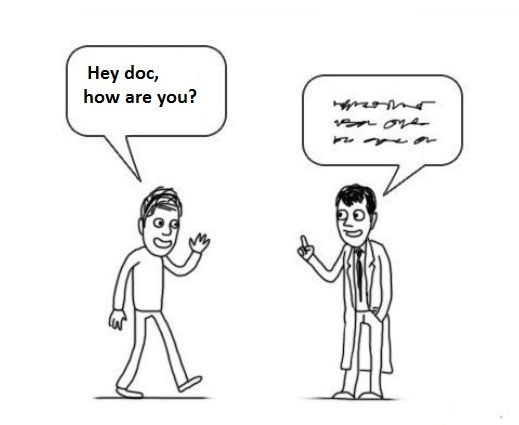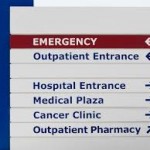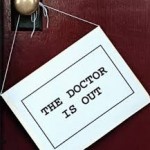
This week, James E. Craigie, MD, of The Center for Natural Breast Reconstruction answers your question.
Question: I am 39 years old and seeking options regarding a double mastectomy with reconstruction using only my own tissue. I was treated for an aggressive breast cancer in my left breast 3 years ago; went through neoadjuvant chemo, then a lumpectomy followed by radiation. Due to my lifetime high-risk status, I feel a double mastectomy is necessary using my own tissue for reconstruction.
Answer: Thank you for your question, I am glad to hear that you have completed your breast cancer treatment 3 years ago and are doing well. It is very likely that using your own natural tissue is going to be a very good option for you.
Since you have already had radiation on one side the option of removing the remaining breast tissue and having a preventive mastectomy on the other side is the most effective option to minimize your chance of getting breast cancer again.
Although I imagine it is already very low. Have you had any previous surgery on your tummy? Do you feel that you have extra fatty tissue there or any other area of your body? If so then you can probably achieve a proportional natural tissue result without having to sacrifice your important muscles.
If you like I could arrange a convenient time to answer any other questions by phone. Let me know and I’ll have one of my staff contact you to make arrangements.
Thanks again.
Have a question about breast reconstruction or post-surgical you’d like answered from our surgical team? Just ask!















